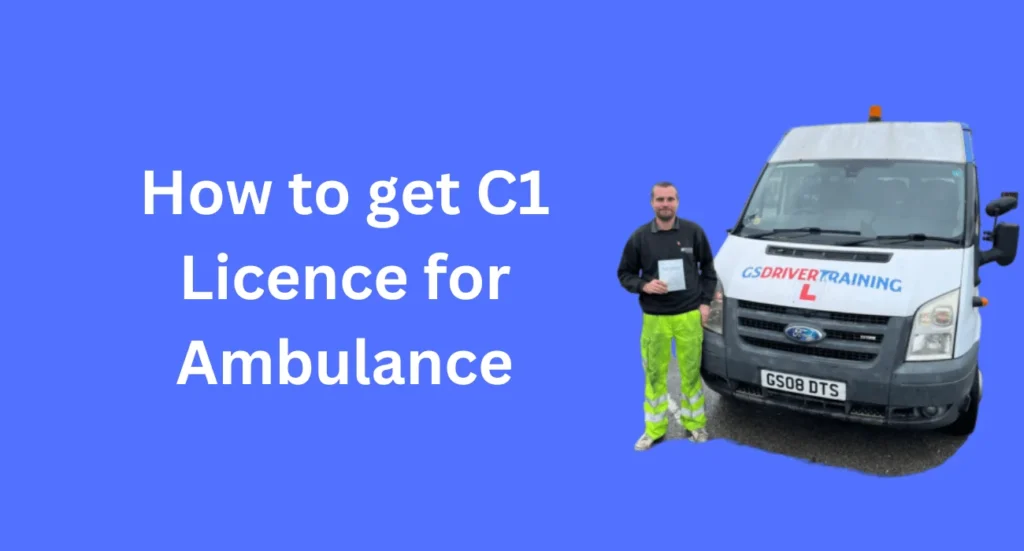How to get C1 Licence for Ambulance
You can operate any type of ambulance or vehicle weighing up to 7.5 tonnes if you have a C1 Ambulance Licence. Usually, these vehicles consist of ambulances, light lorries, and trucks. You will not be able to pursue a profession as an ambulance driver without your C1 licence since you will not be able to obtain a C1 licence for ambulance.
This is because driving a larger vehicle will require a different set of skills than driving a smaller one. Additionally, you will need to be able to learn specific skills because of the speeds at which you will be driving an ambulance.
Benefits of Obtaining a CAT C1 Licence for Your Career
1.The CAT C1 licence is generally straightforward to obtain, however it is advised that lengthy training courses be taken in order to obtain your licence. You can then apply to take the test if you’ve reached the point where you can operate such a vehicle competently.
2.Because the skill of driving has already been acquired, the real test is thought to be simpler than a conventional driving exam. After passing the exam, you will receive an updated license that will provide you more options for advancing your paramedic career in the future.
3.You can think of your C1 Licence as the first step toward completing the non-medical requirements needed to become a certified paramedic. The final step toward earning your credentials is the Emergency Response Blue Light Training, which can happen after you’ve obtained your license and are in the training stages for medicine.
4.Having a Paramedic Cat C1 Licence will enable you to operate normal ambulances, which have a weight range of 3.5 to 7.5 tonnes. This licence is the most popular category for people looking for a means to transport people or patients to and from hospitals, such as the NHS Patient Transport Services, and it will also allow you to transport eight passengers.

Conclusion
At GS Driver Training you will get the training from the experienced and professional instructors. Here you will get the training to get the C1 Licence for Ambulance. Our team is very dedicated and we always present to clarify your every doubt.
If you want to join us then you can simply get in touch with us by visiting our official website. We provide these services at a very affordable price so that you can enhance your knowledge and boost your skills.
Frequently Asked Questions
What Licence is Needed to Drive an Ambulance in UK?
The weight of the vehicle you will be driving requires an ambulance driver to have a C1 license at the very least. The weight of an ambulance filled with patients and equipment typically ranges from 3.5 to 7.5 tons. Category C1 covers light cargo vehicles weighing between 3.5 and 7.5 tons starting at the age of 18.
What is a C2 Ambulance?
Calls for ambulance service that fall under category 2 are those that are categorized as emergencies or potentially critical conditions that may call for immediate on-scene assistance, quick assessment, or quick transport. For instance, a person might be experiencing sepsis, severe burns, or have had a heart attack or stroke.
How Long is a C1 Course?
It’s a good idea to take a driving assessment before your C1 ambulance driving test to determine how many hours of training you’ll need to meet the needed standard. Since C1 driving courses typically last between two and five days, it is not possible to change a test reservation once you have begun your instruction.
Also Read: HGV Training in Gloucestershire








